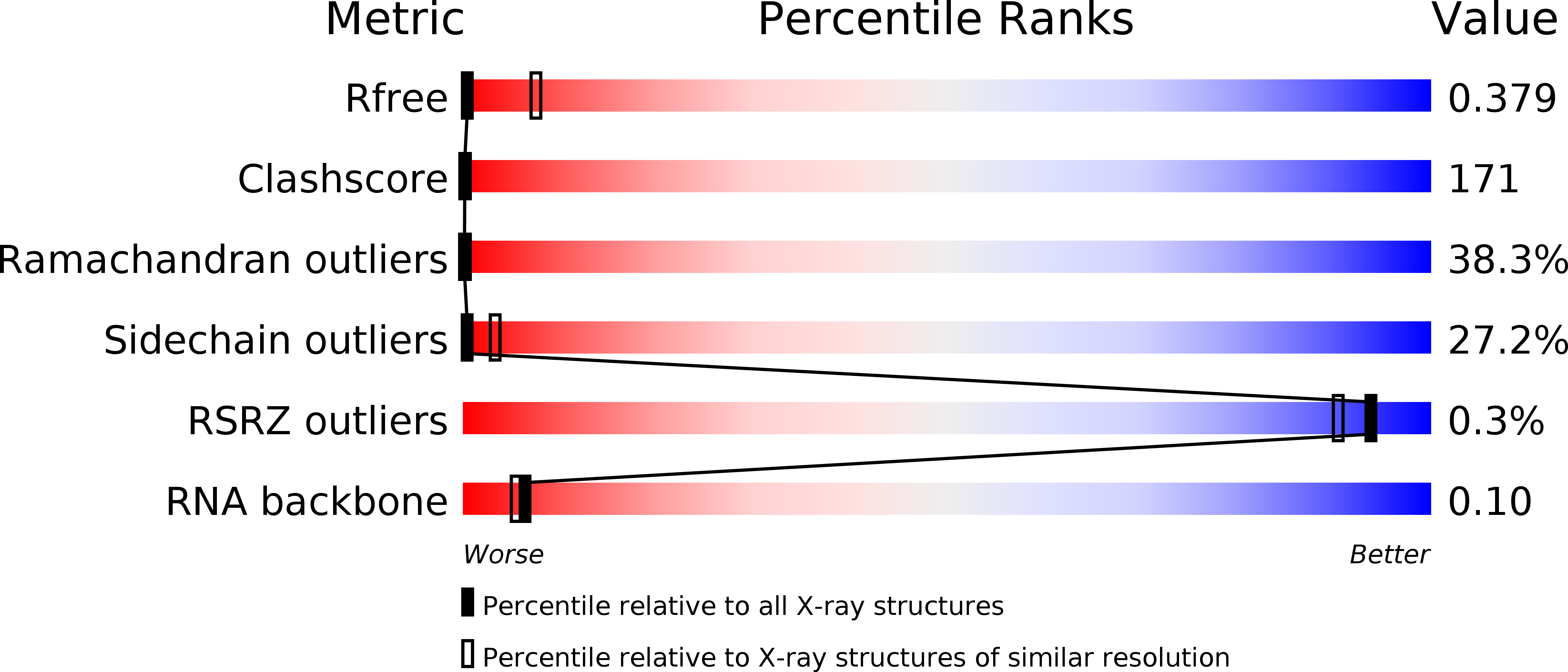
Deposition Date
2003-09-18
Release Date
2003-11-18
Last Version Date
2023-08-23
Entry Detail
PDB ID:
1QZW
Keywords:
Title:
Crystal structure of the complete core of archaeal SRP and implications for inter-domain communication
Biological Source:
Source Organism:
Sulfolobus solfataricus (Taxon ID: 2287)
Method Details:
Experimental Method:
Resolution:
4.10 Å
R-Value Free:
0.38
R-Value Work:
0.33
Space Group:
P 31


